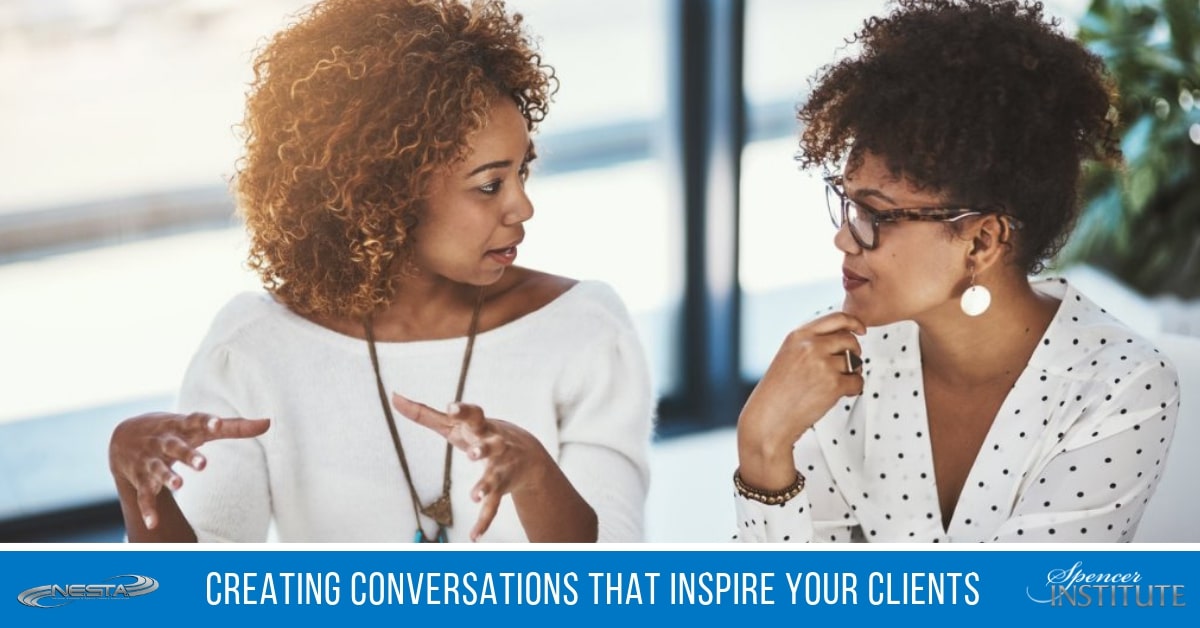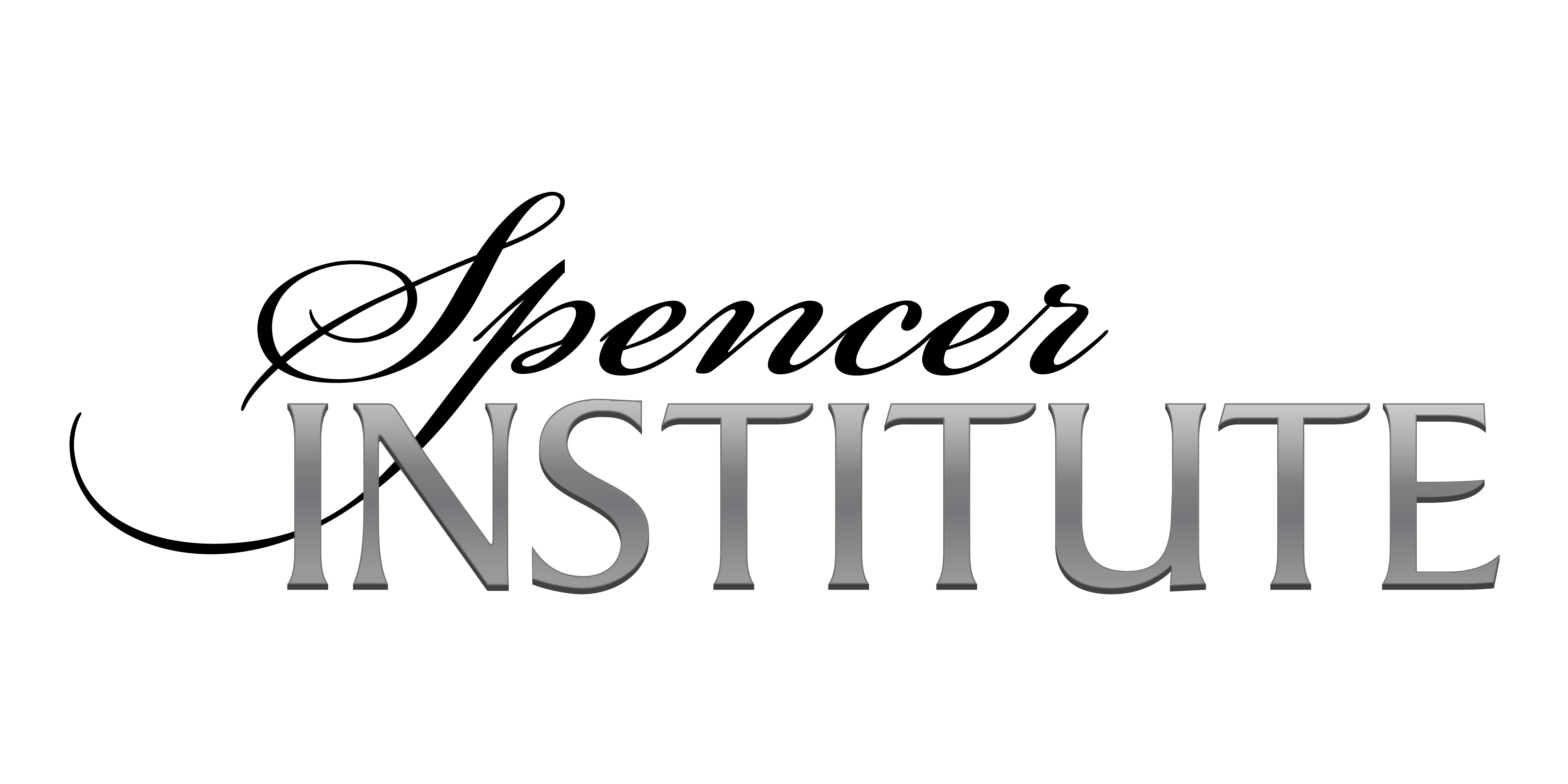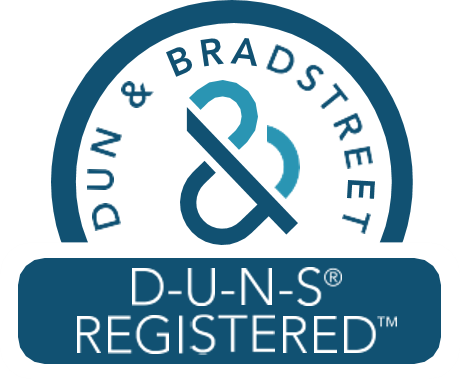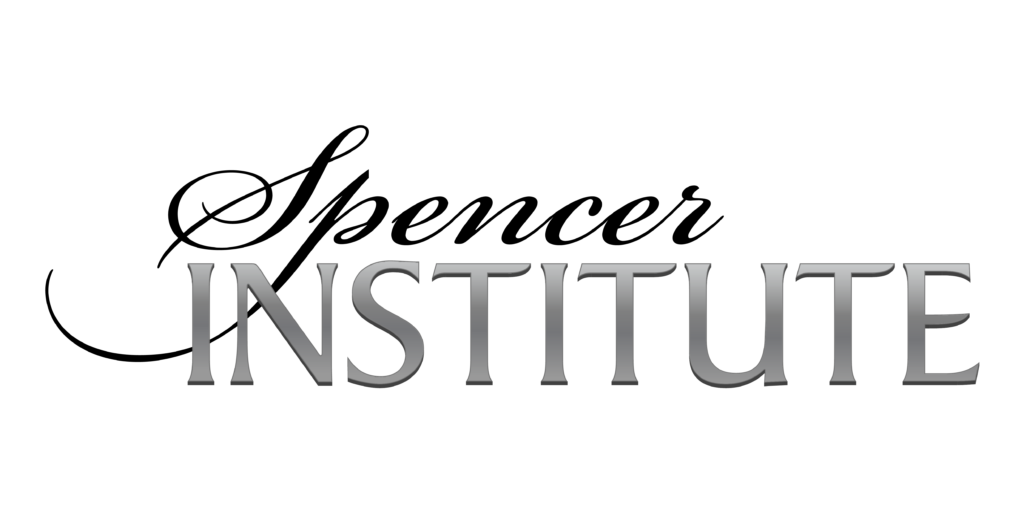 Coaching with Compassion Towards Sustained Desired Change Takes Practice
Coaching with Compassion Towards Sustained Desired Change Takes Practice
One observation seen in coaching relationships – and playing out in coach offices across the globe – is that we take the wrong first steps upon assessing our client. This occurs in that critical time of building rapport when we establish goals in the early stages of trying to help clients. Most coaches (and clients) focus only on problems and all efforts are directed toward trying to resolve a problem.
Unfortunately, that often generates defensiveness in some, a decidedly negative emotional attractor. It does the opposite of helping activate somebody’s desire to learn and change within positive constructs; it usually elicits some closing down.
To resolve this, we use the principles of Appreciative Inquiry. After we do more of this type of coaching and use reflections, we find that the coach is able to focus more on the client as the process becomes framed more clearly.
Principles of Appreciative Inquiry
When Appreciative Inquiry is applied as taught (again, a simple dialogue), we can get our client to the ideal stage best prepared to make holistic goals and changes come about. As our client practices more and reflects on what they have learned during the assessment process, we then clarify what they have learned and when it means (reflection of meaning) to them. We also find out from the client what they want to change.
If our client doesn’t reflect or collect feedback, nothing will change. One way to manage this process – or make it happen – is to be true, authentic and of course, focused on the client. Now what you’re doing is bringing the client ‘into the positive emotional attractor” and they are not worrying about a problem, they are not as focused on what they have to do as part of the process.
Your role in this is to simply empathize and help your client by reflecting. We also activate the positive and negative emotional attractors, but in an appropriate balance, again a 4:1 ratio.
Developing a Resonant Relationship with Clients
Another important indicator or outcome of effective coaching is based on the quality of the relationship. Is the relationship between the coach and the person being coached developing as a resonant relationship? For the relationship to be sustained, it has to be so.
It is a good time to remind coaches in training to use caution; avoid the mindset that you are going to try to fix clients at all times. To imagine this, try viewing your client as someone who seems to have everything together. The reason for this is simple. If we feel we have someone before us who is doing everything right, living well and being authentic, we will not have to fight any urge to “fix” this person. We can focus on something other than problems or issues.
We only bring our client toward positive emotional attractor and keep them there for about an hour. During this time, be mindful of ways you can be an effective helper. Have an inspirational tone to your conversations – that is to say, not necessarily telling somebody what to do but encourage them to identify what would they really love to be doing (their ideal scene or self) instead.
Practice bringing them into positive emotional attractor. Ask questions that allow you to appreciate the client’s strengths. Reflect on all that happened during the session as a way to see if you are able to critically reflect on your skills and actions in terms of the concepts we’ve been learning in this course.
Engaging Questions to Ask Clients
To engage the client in the positive emotional attractor try asking one of four following questions.
First, if your life were ideal ten years from now, what would it be like? If your client opens up, then your first session is really all about everything they tell you. You may not have to ask anything else and this is because as the client responds, they will develop more ideas. But you want them to be specific in terms of a visual image. And you’d like them to explain not just work but their family life, their spiritual life, their contributions to the community. Everything is on the table for discussion. It can be free form dialogue or, if needed, you can keep things on track with more questions:
The second question really relates more to mindfulness. What are the values that are most important to you, or virtues? How would you like to be emulating those, or living those in the future? If this doesn’t open up your client, move to the next question:
Name and describe someone who has helped you in your life. This is the same exercise described elsewhere in the training for this course. From this, we are looking for more positive emotional attractor contributors. This is an effective and powerful way to invoke positive emotional attractor. If none of that works and the client starts feeling a bit defensive or awkward, you have to use more creative ways of getting this information from our client.
We simply keep pushing. Try asking “If you were to win the MegaBucks lottery, how would your work or home life change? What are the things you’d like to do or experience while you are alive? If you were living your ideal life 10 to 15 years from now and a video camera was set up observing you, where would you be? Who would you be with? How would you be spending your time? What would we see?”
Sometimes we have to be creative to get this from our client. But what you’ll be doing is noting how they go into the positive emotional attractor.
Watch for your client’s tipping points; you will observe these points and keep – or bring- them back into the positive emotional attractor.
Try asking for a highlight of the past year; this will also show you how the client flows in and out of the positive emotional attractor and negative emotional attractor as some clients will go into the positive emotional attractor briefly, and then they usually talk about how much the rest of their life or work is unpleasant, and they’ll go into the negative emotional attractor. Keep your client focused on the future (except for the question about who helped them, which pulls from compassion and a prior timestamp).
Getting Started
Become a Certified Holistic Health Coach. Holistic health and well-being are essential to overall life success. Now you can earn a credential and gain the skills to help your clients achieve this success.
If you are passionate about helping people and living a fulfilling life, we can help you achieve your dreams right now. The Life Strategies Coaching Certification Course combines the latest advancements in human potential and neuroscience with proven methods of success used by the world’s most productive people.
Becoming a Certified Wellness Coach is the perfect addition for the fitness professional who wants to offer more all-inclusive wellness services to clients.
The time is now for you to enjoy this exciting and rewarding career, which offers you personal fulfillment while improving the lives of others.
Our programs are open to anyone with a desire to learn and help others. There are no prerequisites.
That’s it for now.
Take action!
PS: Click here to see many helpful business/career resources










